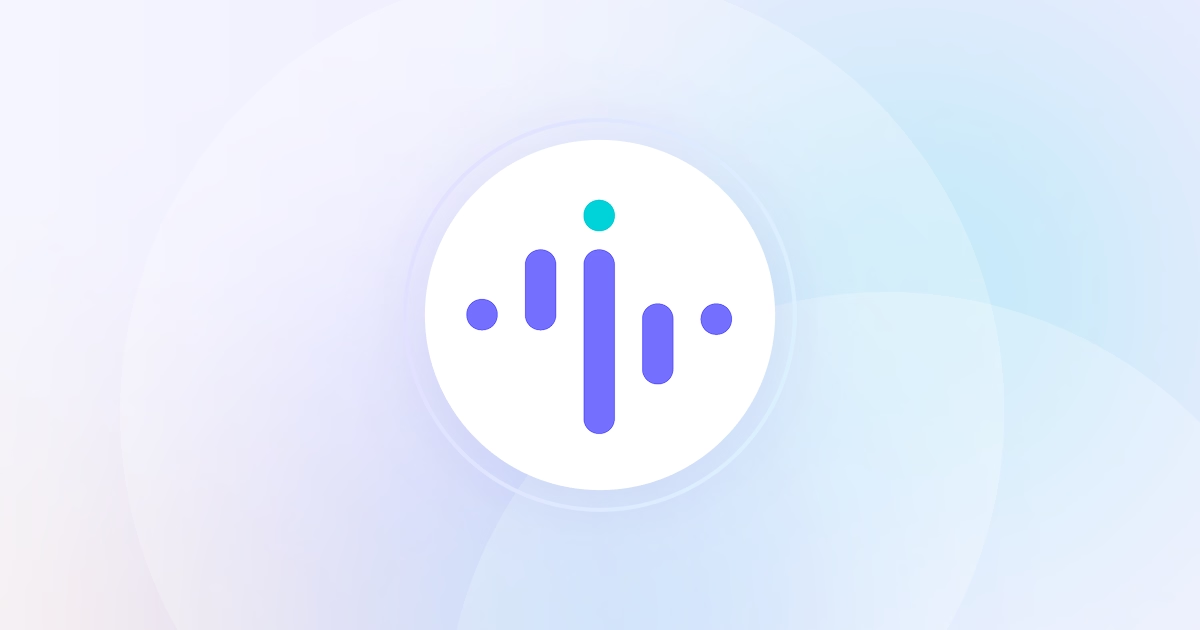Productivity Monitoring: The Importance of Employee Buy-in


As massive digital transformation sweeps across the business world, employers are often eager to introduce new digital tools and processes into their operations. These changes are exciting for leaders, but more often than not employees are not as enthusiastic about change.
So how do you get them onboard? The answer is simple: you need to get employee buy-in.
When employees are committed to the goals of the company, engaged with their work, and reflect this commitment through their behavior and attitudes — that’s when you have employee buy-in
If you want to introduce change into your organization, it's important to get employee buy-in so employees embrace the change with enthusiasm. But having engaged employees who are aligned with company goals isn’t enough on its own; to introduce a new process or tool into your organization it's important to demonstrate exactly how the change resonates with the company’s overall mission, vision, and values, and how it impacts them.
Would you like to know more about how to get employee buy-in for a new product? Are you interested in introducing productivity monitoring software into your organization? If so, then this is the article for you. Read on to discover tips for how to get employee buy-in for employee productivity tracking in your organization.
What is Productivity Tracking Software?
When it comes to electronic monitoring, employee productivity insights are perhaps the biggest takeaway. Productivity monitoring software collects valuable workforce analytics data that provides insight into how your employees work. The range of features of these tools varies, but most employee desktop monitoring tools are equipped with features that allow employers to better understand employee workflow, how their workforce uses applications when employees are most productive, and more.
Corporate monitoring software, including productivity monitoring tools, has experienced a boom since the arrival of COVID. This is due to the sudden and large-scale migration of employees from working in the office to working from home. The big selling point for employers has been the ability to manage employees remotely, which is especially important for companies who had no previous experience with remote working. Features like time and attendance tracking and productivity monitoring are able to help many companies make the transition smoothly.
As an example, let’s take a look at Insightful workforce analytics & productivity software. It offers real-time data, automated tracking, capacity planning, activity logs, in-depth reports, and productivity insights that can be leveraged by business leaders to make more data-informed management decisions.
Insightful provides the following benefits for your business:
- Optimized Workflows: Remove bottlenecks, balance workloads, and enhance workflows to support employee efficiency, productivity, and wellness.
- Reduced Risk of Burnout: By optimizing workflows and identifying changes in employee habits you can better prevent burnout.
- Improved Visibility: See how your team uses their time and get the most out of it with graphical timelines, time audits, and more.
- Improved Productivity: Data collected by Insightful offers actionable insight into when and how your employees work. This data can be used to guide companies when crafting new policies and practices aimed at increasing productivity.
- Improved Flexibility: Features like automated time tracking allow employees to easily work from home and track their own attendance. Visibility allows managers to manage remotely with little hassle.
And that’s not all! One often overlooked benefit is that any type of workforce monitoring tool can help employers better enforce company policy, enhance security, and protect IT infrastructure. Furthermore, tools used for your remote employee monitoring program can also help your organization achieve better diversity, identify best practices, build trust, and increase objectivity. Many features of Insightful’s workforce analytics & productivity software are also customizable and automated.
How to Get Employee Buy-in for Productivity Monitoring Software
Getting employee buy-in starts by building a company culture that supports it. Your organization needs to not only have a clear mission, vision, and values, but must ensure they have been thoroughly communicated to and understood by every employee.
This can be done by pivoting toward a 360-degree feedback model that guarantees 2-way communication between employees and leaders so that employees have a firm grasp on how their role in the company contributes to the bigger picture.
Now that your employees are engaged and committed to your company’s objectives, it’s important to hold them accountable for it. This means that employees need to be less results-driven and more motivated by the process itself (results will naturally follow).
To achieve this, you as an employer also need to focus on the right behaviors and attitudes rather than on results alone. Employees with good results but the wrong attitude are not necessarily engaged with their work, and this can spread to their colleagues. When the majority of employees are engaged, they will be able to self-manage and hold themselves and each other accountable.
Now it’s time to introduce the change. What do you need to do to propose productivity monitoring tools to your workforce and get them on board?
Be Transparent
First and foremost, it is essential to be transparent when introducing new web-based employee monitoring software to your employees. Attempting to roll out a productivity monitoring solution covertly could cause irreversible damage to employee trust. Transparency can be further increased by:
- Providing employees with a contact who can answer any of their questions or concerns regarding the software.
- Explaining in detail what will be monitored, why it is being monitored, and how their data will (and will not) be used.
- Providing employees with access to their activity data so they too can see exactly what is being captured.
- Disclosing any type of monitoring software during onboarding and within employee documentation.
Outline the Vision
Present your vision to your employees clearly. Explain why you’d like to implement a productivity monitoring tool into the organization and how it will affect your employees’ day-to-day activities. Thoroughly explain the features of the software, how it works, and how the company intends to use it.
Relate to Business Objectives
Make sure that you can identify how productivity monitoring fits into your company’s mission, vision, and values. Make sure you demonstrate how productivity monitoring benefits the overall organization, how it will positively impact their individual careers, and how you plan to measure success.
Outline ROI
It’s important to demonstrate the expected return on investment of productivity monitoring by showing employees where you are today and where you intend to be in the future. Support your proposed solution with research and present case studies from other companies that have successfully implemented the tool you wish to use.
Acknowledge Privacy Concerns
There is often stigma surrounding products that monitor remote employees. This is mainly due to news in recent years of companies collecting data without consent. Again, this is why it is so important to be transparent when seeking employee buy-in for any kind of monitoring tool.
Set clear employee privacy expectations by being above-board about what is being monitored and why. Productivity monitoring tools like Insightful are customizable, so you can ensure that any data being gathered is within the bounds of the law and in alignment with your company’s privacy policy.
Address Additional Concerns
Employees will likely have additional concerns about how the product may affect them and their work habits. You should be prepared to address these concerns. To address common employee concerns with productivity monitoring tools, you should provide the following assurances:
- The tool is meant only to be complementary to other methods of evaluating performance. The productivity monitoring software will not become the only source for evaluating employee performance. Although productivity monitoring tools provide objectivity when looking at performance, employee performance will not be reduced only to numbers.
- The tool will not replace the role of management. Rather, productivity monitoring tools can provide the support that helps free up managers so that their time is better spent on bringing value to the company rather than micromanaging. In fact, productivity monitoring tools like Insightful can help provide employees with more autonomy so that they can more effectively self-manage. The software simply identifies areas where there is room for improvement.
- Productivity monitoring tools like Insightful allow employees access to their own data, so employees can not only see what is being collected, but they can use it to their own advantage.
- Thoroughly discuss what is considered “productive” vs “unproductive” and how this information will be measured and used.
Follow up
Maintain an open-door policy with employees. Make sure that you continue to connect with employees and garner feedback to ensure that everyone is clear about the mission and purpose of implementing the productivity monitoring tool. Should any new concerns arise, it's important that your employees know that they are encouraged to discuss them with the point of contact you’ve provided.
In addition to all of the above, make sure that you outline not only how the software benefits the company, but how it can also benefit each individual employee.
Productivity Monitoring: Three Key Takeaways for Employees
There are many benefits of productivity monitoring software for individual employees as well. These benefits should be highlighted when seeking employee buy-in for any productivity monitoring tool. The most notable benefits include:
Personal Effort Tracking
Employee activity data isn't only for management. Individual employees can use their own data to support their daily performance and professional growth. Employees can use their metrics to understand their own working habits better and make adjustments to their schedule or way of working in order to boost their own productivity. In addition, metrics from productivity tools like Insightful can be leveraged in employee performance reviews.
Remote Working and Flexibility
Productivity monitoring tools help level the playing field for in-office and remote employees. Such tools allow management to have a more seamless approach to managing employees in hybrid work environments. Most importantly, productivity monitoring tools with time and attendance features make it easy to keep track of your remote workforce’s attendance. This enables companies to offer more flexibility in where and when employees work.
This is a major benefit for employees, who are demanding more flexibility in the workforce now more than ever. A productivity monitoring tool like Insightful can provide the necessary support for companies to offer increased flexibility in this area.
Increased Autonomy
Perhaps one of the biggest takeaways for employees regarding productivity monitoring tools is that they also allow employees more freedom in how they work. What’s important to note here, is that this benefit is only realized if employers use the software in a responsible way.
In this case, productivity monitoring tools can accomplish the exact opposite of what employees fear. Rather than a tool to “spy on employees”, these tools can be used to give employees more workplace autonomy regarding how they work, and allow them to more easily manage their own performance.

.jpg)
.jpg)
